Canadian drivers are feeling the squeeze from every direction, and insurance premiums are no exception. What used to be a manageable monthly cost is now creeping higher with little warning, and the reasons stretch far beyond your driving record. From global supply chain chaos to climate catastrophes and even shifting government regulations, insurers are re-evaluating their risk and passing the price tag onto you. Here are 25 reasons your insurance premiums could spike next:
Repair Costs Are Spiraling Out of Control
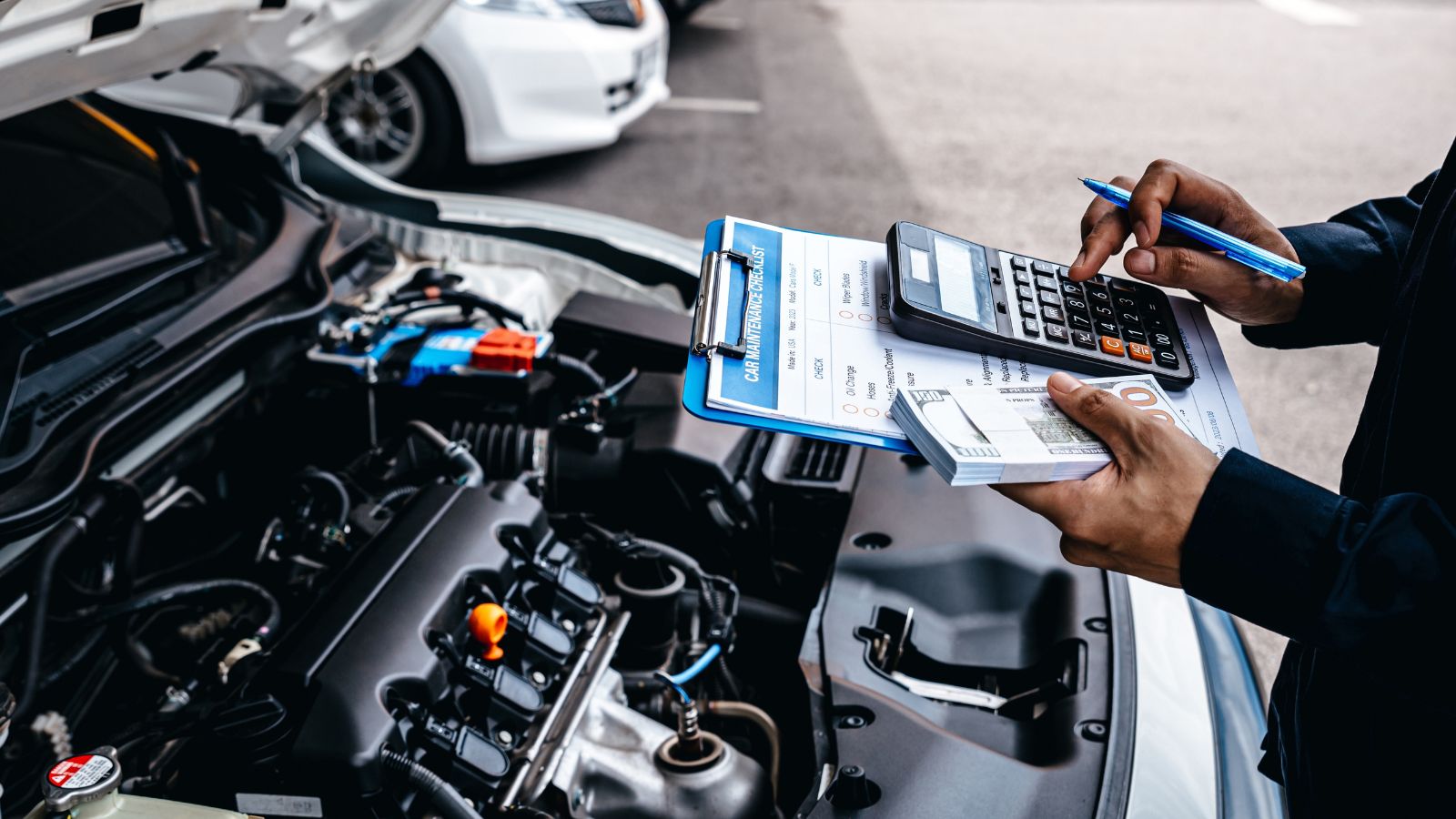
As parts become more expensive and skilled technicians harder to find, even simple repairs are now breaking the bank. Insurers know they will be footing higher bills when accidents happen, so they are proactively raising premiums to cover that risk. What once cost a few hundred dollars can now stretch into the thousands, especially with newer vehicles equipped with sensors, cameras, and advanced technology. That means even a minor fender bender becomes an expensive affair. If your car is even moderately high-tech, your insurance premium is likely reflecting this inflation, regardless of whether you’ve ever filed a claim.
Auto Theft Is Skyrocketing in Urban Areas

Canadian cities, such as Toronto and Montreal, have seen a surge in vehicle thefts, particularly of newer SUVs and high-end models. Insurance companies are reacting fast, increasing premiums across the board, even for policyholders with spotless records. Sophisticated keyless-entry hacks and organized crime networks are making recovery more complicated and losses greater. If your car is frequently stolen or if you live in a high-crime area, your rate is likely already higher. Some insurers now require GPS trackers or steering wheel locks as part of the policy, while the cost of staying covered is going up, even if you’ve never had a theft.
Extreme Weather Is Now a Regular Risk
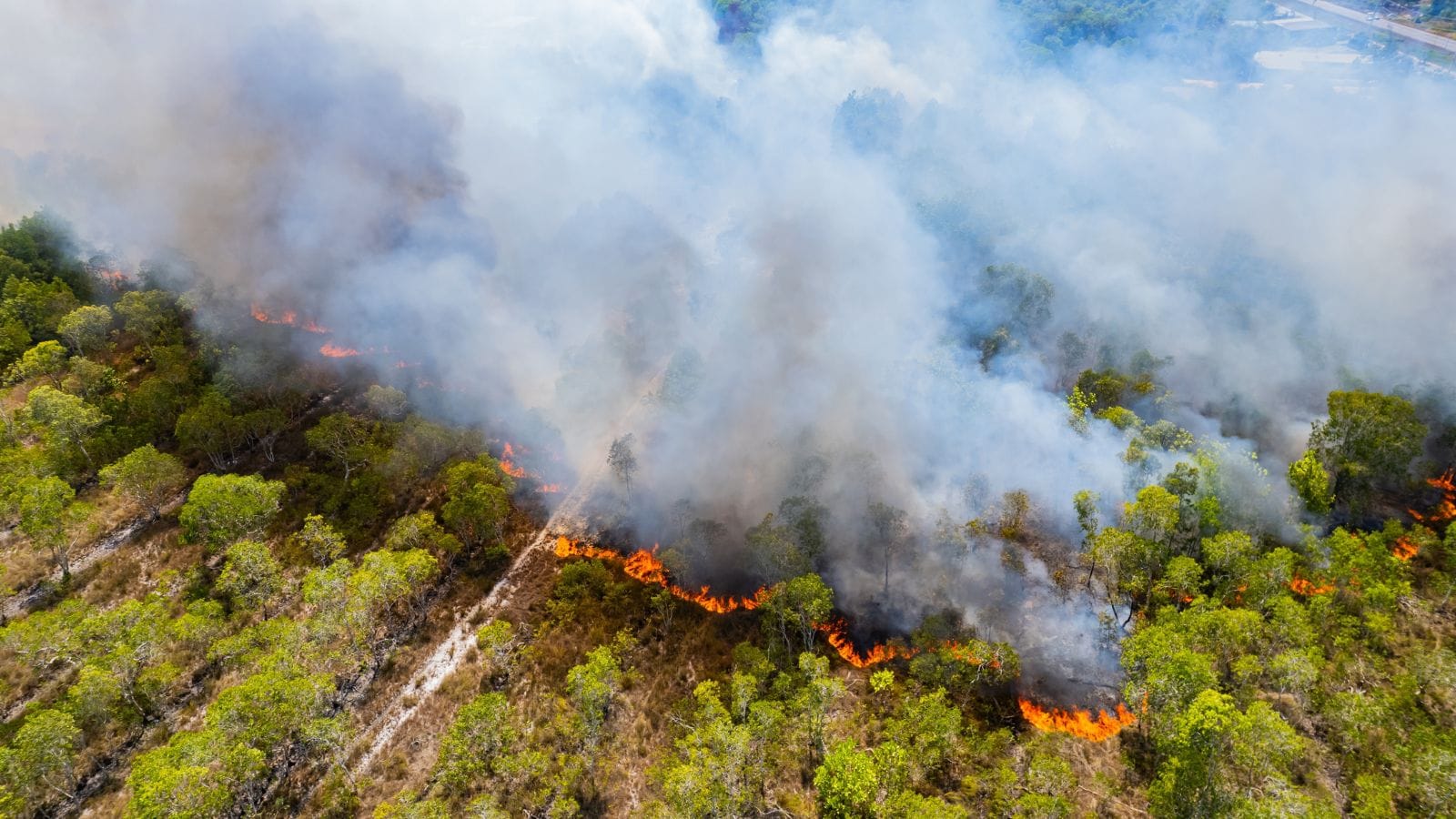
From wildfires in B.C. to hailstorms in Alberta, climate-related events are no longer rare, and insurers have taken notice. Comprehensive policies are being recalibrated as payouts for storm damage, flooding, and other natural disasters hit record highs. Even if your region is not the direct target, proximity alone can raise rates. For example, drivers living near riverbanks, forests, or flood-prone areas may be subject to automatic risk surcharges. Add in rising repair costs for water- and debris-damaged vehicles, and it’s easy to see why your insurance is climbing, even without ever making a claim.
Imported Parts Now Come with Price Hikes
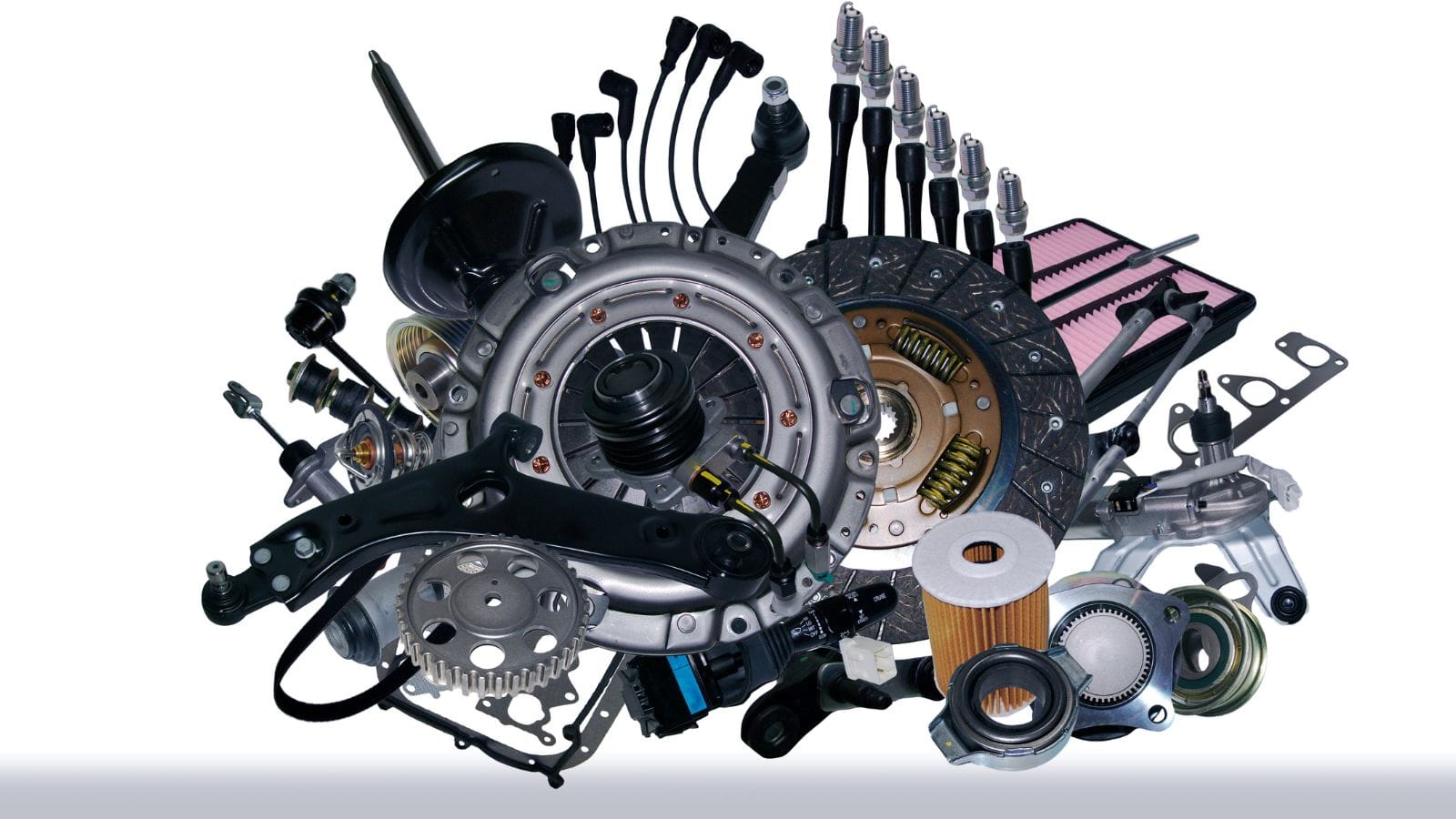
New tariffs and trade tensions have particularly impacted the importation of car parts. Whether it is a European bumper or a Japanese transmission component, foreign-made parts are now more expensive and, in some cases, delayed, which is affecting repair timelines and increasing the number of claims. Insurance companies are factoring these cost uncertainties into premiums, especially for vehicles with less locally sourced content. Even if you’ve never needed a replacement part, your policy might reflect the broader economic shifts in the automotive supply chain, and you can expect to pay more if your vehicle isn’t made or serviced entirely in North America.
Distracted Driving Affects Us All

Distracted driving remains a persistent issue across Canada, despite awareness campaigns and increased penalties for the offense. Whether it is texting, using voice commands, or fumbling with infotainment systems, more crashes are being linked to inattention. Even if you are a cautious driver, the rising national statistics impact your rate. Insurance models use broad data trends to assess overall risk, so your clean record might not shield you from collective rate hikes, and newer vehicles packed with distractions are part of the problem. As the data worsens, so do the premiums, leaving even the most responsible drivers paying the price for others’ bad habits.
Legal Payouts Are Climbing Sharply

Personal injury lawsuits tied to car accidents are getting more expensive, especially in provinces like Ontario and Alberta. Legal fees, settlements, and expert testimony costs are on the rise, and insurance companies are adjusting premiums accordingly. Even minor accidents now carry the threat of costly legal proceedings. If you live in a dense or high-income region, those legal risks are even greater, since larger claims tend to emerge from those areas. Insurers preemptively factor those possibilities into your monthly bill, meaning your premiums might be higher even if your car never ends up in a courtroom.
Health-Related Claims Keep Growing

Auto insurers often cover medical expenses following accidents, including physical therapy and rehab, which are becoming increasingly expensive across Canada. In provinces with older populations or strained healthcare systems, these claims are rising sharply. If your postal code suggests a higher medical payout risk, your premiums may already reflect that. Even standard accident coverage now comes with a built-in buffer for rising healthcare costs. While most drivers think of fender benders in terms of vehicle damage, insurers are just as focused on the people involved and what it’ll cost to help them recover physically and financially.
High-End Cars Are Raising Everyone’s Rates

Luxury cars are becoming a more common sight on Canadian roads, and that is bad news for everyone’s insurance rates. When a high-end vehicle, such as a Tesla or Porsche, is involved in an accident, even minor damage can result in substantial repair bills. These inflated claim costs skew the average across entire regions. Even if you drive a budget-friendly sedan, your rate could be affected if you park beside high-value cars at work, school, or home. Insurers adjust regional risk factors accordingly, meaning other people’s taste in cars could be making your policy more expensive.
Electric Vehicles Are Still an Expensive Unknown

EVs are surging in popularity across Canada, but insurance for them is still a moving target. Repair costs are high due to specialized components and a limited number of qualified technicians; a battery replacement alone can run into the five-figure range. While the environmental benefits are clear, the long-term risk data are still developing, leading to uncertainty that makes insurers cautious, often resulting in higher premiums, especially for new EV adopters. Even if you are exploring an EV, expect your quotes to reflect the added cost of unknowns.
Replacement Vehicles Are Costing More Than Ever
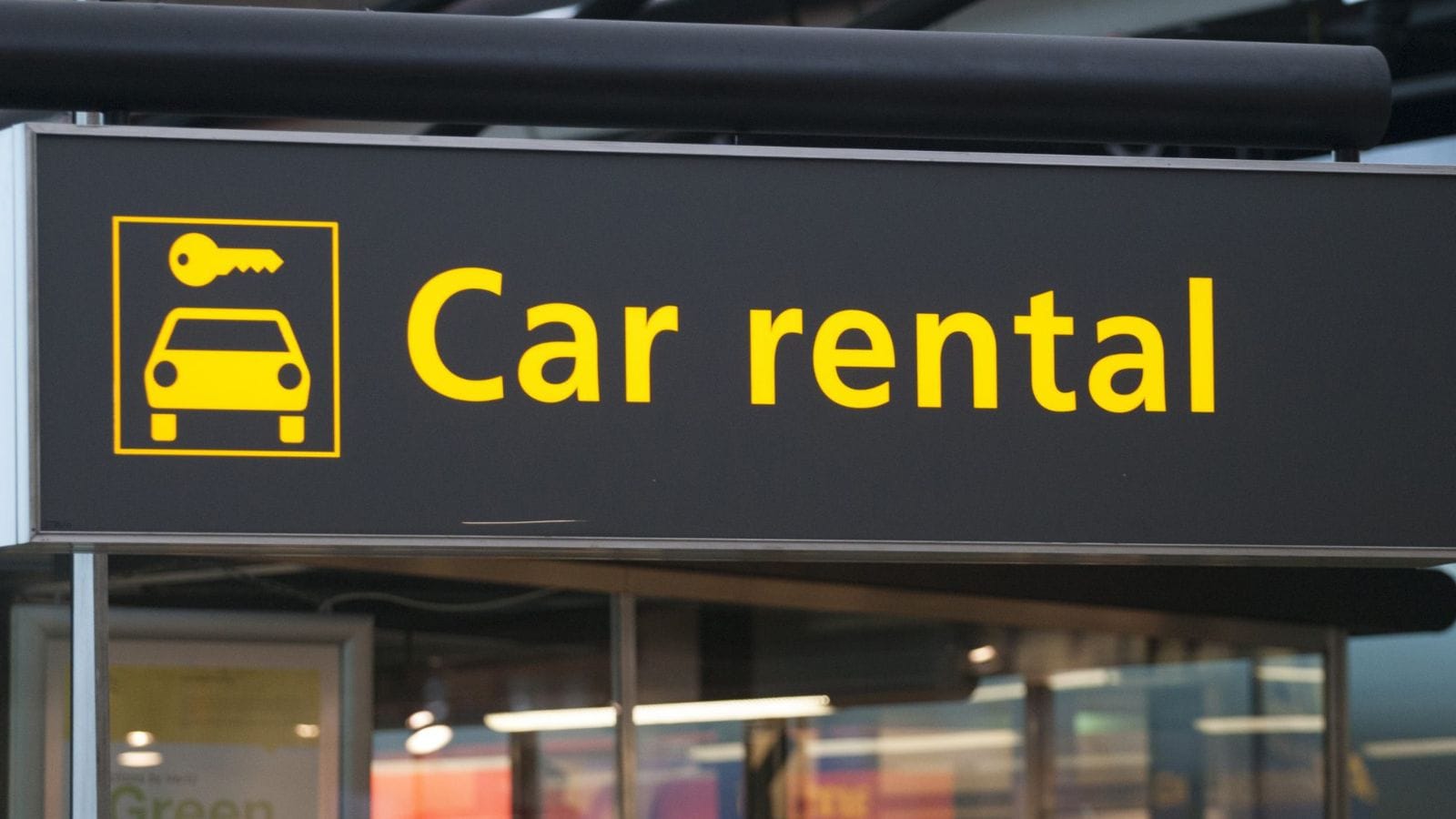
Rental cars used during repairs and total loss replacements are now far more expensive than they were just a couple of years ago. Supply shortages, higher demand, and lengthy repair timelines are driving up costs, which insurance companies must factor into their calculations. Even if you’ve opted out of rental coverage, the increasing average payout for those who do affects baseline rates. Insurers are building this expense into everyone’s premiums to keep their books balanced. So, if your policy went up recently, it might have less to do with your car and more to do with what happens when someone else’s ends up in the shop.
Aging Roads Mean More Claims
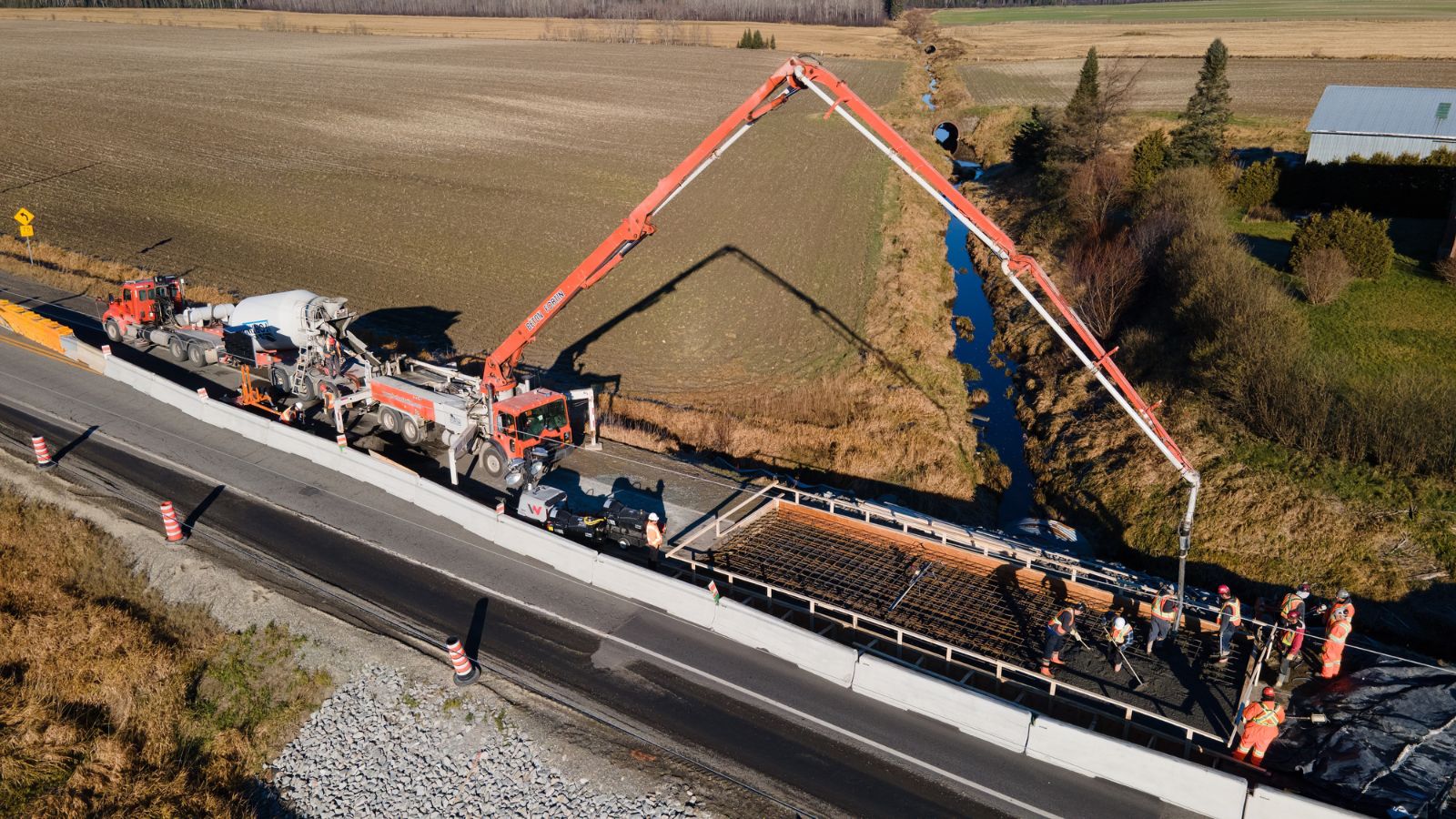
Canadian infrastructure is showing its age, with potholes, uneven pavement, and worn-down shoulders now a regular feature on highways and city streets alike. These road hazards contribute to an increase in accidents and vehicle damage claims, prompting insurers to respond accordingly. Even if you haven’t hit a pothole yourself, the increased frequency of claims from your area can raise your premiums. Provinces that are slow to reinvest in infrastructure may experience sharper spikes, especially during freeze-thaw seasons.
More Tech Equals Pricier Repairs

Today’s cars are equipped with sensors, cameras, radar units, and onboard computers, all designed to enhance safety and efficiency while driving. But when these systems are damaged in even minor collisions, the repair bills skyrocket. Recalibrating a windshield camera or replacing a side-mirror sensor is not cheap, and insurers have taken notice. As more vehicles on the road rely on this technology, average claim costs rise, and premiums follow. Even budget models now come with features that used to be luxury add-ons. If your car has lane-keeping assistance or adaptive cruise, you are already paying for it in your monthly rate.
Provincial Regulation Shifts

Insurance is regulated at the provincial level, and recent legislative changes in provinces like Alberta and Nova Scotia have altered how companies assess risk and set rates. Some reforms have removed rate caps or loosened underwriting restrictions, allowing insurers more flexibility to adjust premiums in response to real-time economic pressures. These policy shifts are often made quietly, but they can have a significant impact on everyday drivers. You may not have noticed a law change, but your insurer certainly has, and if your premiums went up unexpectedly this year, there’s a good chance a change in regulation is partly to blame.
Fewer Insurers, Less Competition
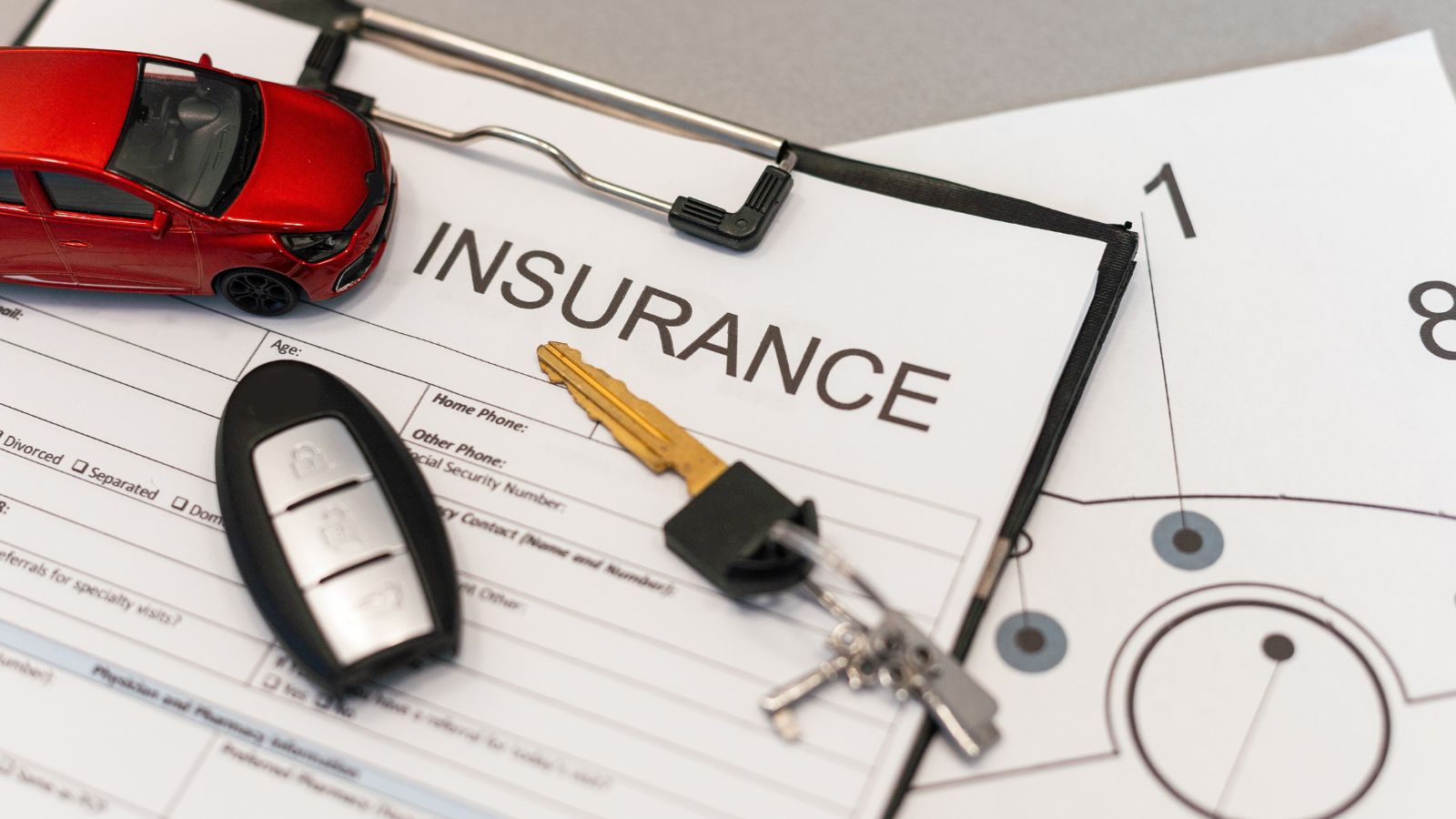
Some insurance companies are withdrawing from regions they consider too risky or unprofitable, particularly in rural areas or provinces with high claim volumes. Fewer providers mean less competition, and that often translates into higher rates for consumers. Without pressure to offer competitive pricing, remaining insurers have more room to hike premiums. If you’ve recently noticed a sharp increase without any change in your driving history, it could be due to a shrinking market of providers in your area.
Underwriting Models Are Getting Stricter

Modern insurance companies are leaning heavily on AI and big data to predict who will file a claim. These models don’t just look at your driving history; they consider credit scores, employment sectors, ZIP codes, and even vehicle color in some cases. That means even subtle life changes can trigger higher premiums, like switching neighborhoods, changing jobs, or buying a red coupe instead of a white sedan. You may unknowingly appear riskier to an algorithm, which your insurer now uses to fine-tune your monthly rate.
Cross-Border Claims Are Getting Costlier
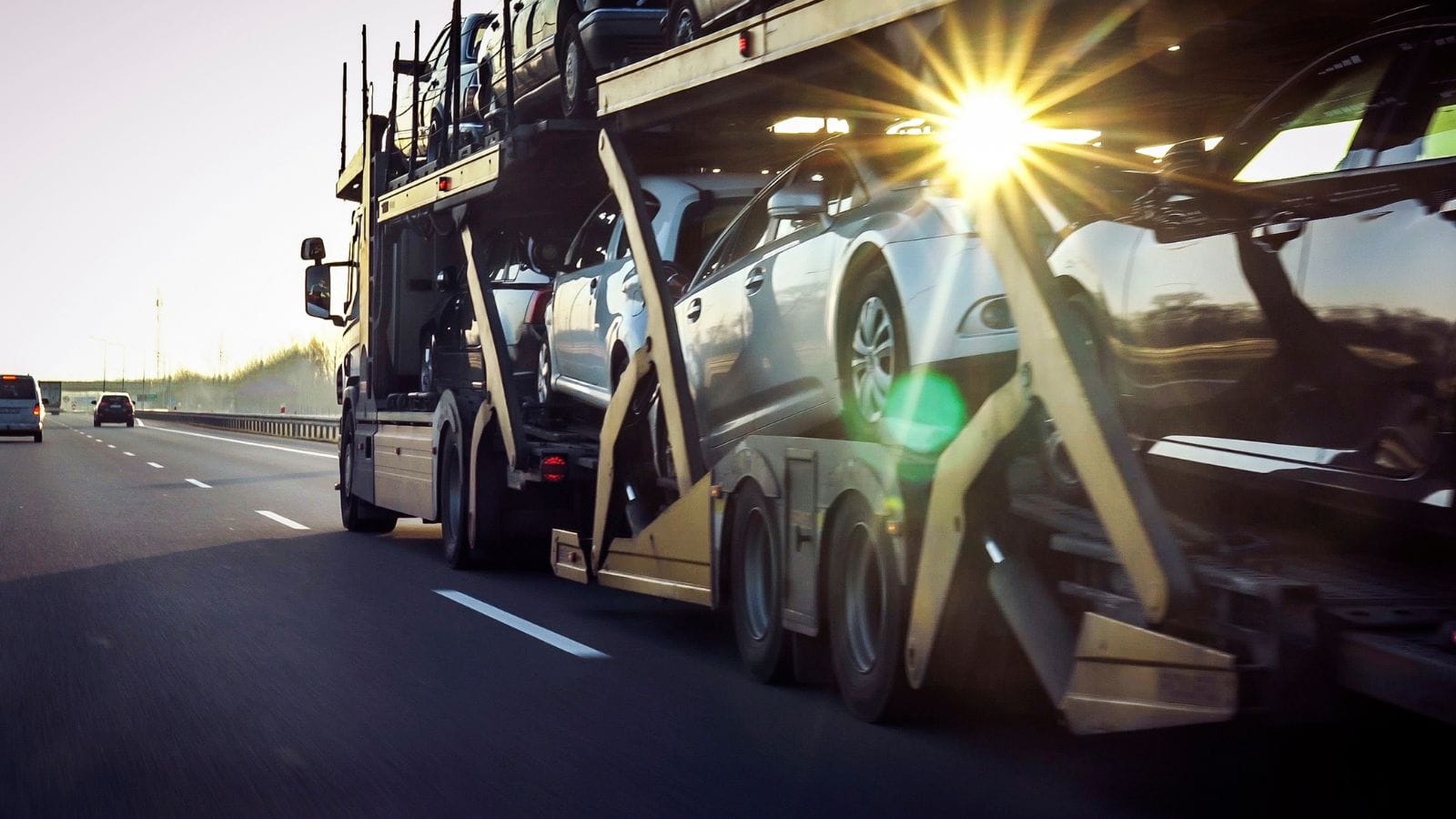
Canadians who drive into the U.S. regularly, whether for business, snowbird escapes, or border shopping, face a rising insurance risk. When accidents occur south of the border, claims become more complicated and expensive due to differences in legal, medical, and repair costs. Insurers now factor in international exposure more aggressively, especially for customers who live near the U.S. border or frequently cross it. Even if you have not had a cross-border mishap, your insurer may be building that risk into your policy, especially if it shows up in your mileage, vehicle tracking, or past declarations.
Younger Drivers Are Changing the Curve

As more Gen Z drivers hit the road, insurers are adjusting their risk models. Statistically, younger drivers are involved in more accidents, and as this demographic grows, it affects the entire pricing curve. Even if you’re a middle-aged driver with a perfect record, if you live in an area with a growing population of new drivers, you may see your premiums rise. The data doesn’t lie, as areas with higher proportions of novice drivers often lead to more frequent or costly claims. This is something insurers build into your policy, regardless of how long you’ve been accident-free.
Claims Processing Delays Add Costs
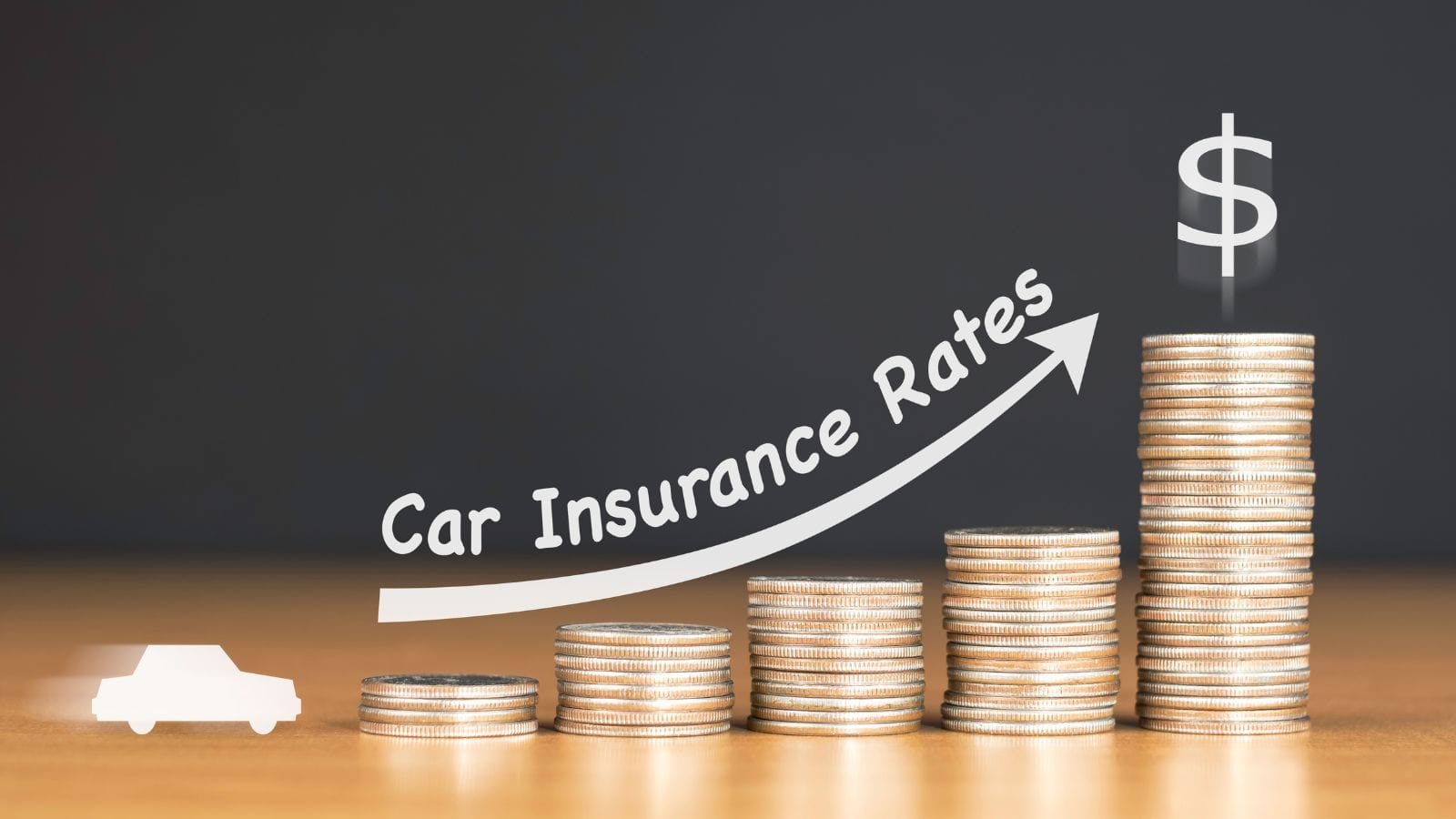
Delays in auto body repairs, rental car shortages, and backlogs at insurance call centers are leading to longer claim lifecycles, resulting in higher costs for insurers. The longer a claim remains open, the more it costs in terms of temporary accommodations, administrative fees, and rental vehicles. This is affecting the claimants and impacting everyone’s premiums. Companies are adjusting rates to build in the reality of prolonged claims, which have become more common due to staffing shortages and parts delays. Even if you haven’t made a claim, you’re subsidizing the growing cost of sluggish settlements across the country.
Surge in Fraudulent Claims

Insurance fraud, whether it’s staged collisions, fake injuries, or exaggerated damage reports, is on the rise in Canada. These fraudulent claims cost companies millions annually, and that cost is passed down to honest drivers through higher premiums. Certain cities, such as Brampton and Surrey, have even been flagged as fraud hotspots, resulting in localized premium hikes. Even if you are nowhere near the problem, national claim patterns affect your insurer’s bottom line, and by extension, your rates. Insurers are investing in anti-fraud tech, but the short-term solution is to raise prices to offset risk.
Premium-Freezing Periods Are Ending

During the pandemic, many insurers froze or reduced premiums to reflect lower driving volumes and economic uncertainty. Now that the roads are busier and inflation is high, those freezes are over. Many companies are catching up on missed increases, resulting in sharp upward adjustments, even for policyholders who made no claims. What felt like a post-pandemic reward is quickly becoming a financial sting. If your last renewal was unexpectedly high, it may not be your fault; it could simply be your insurer making up for time and revenue lost during the freeze.
More Weather-Related Claims Across Canada
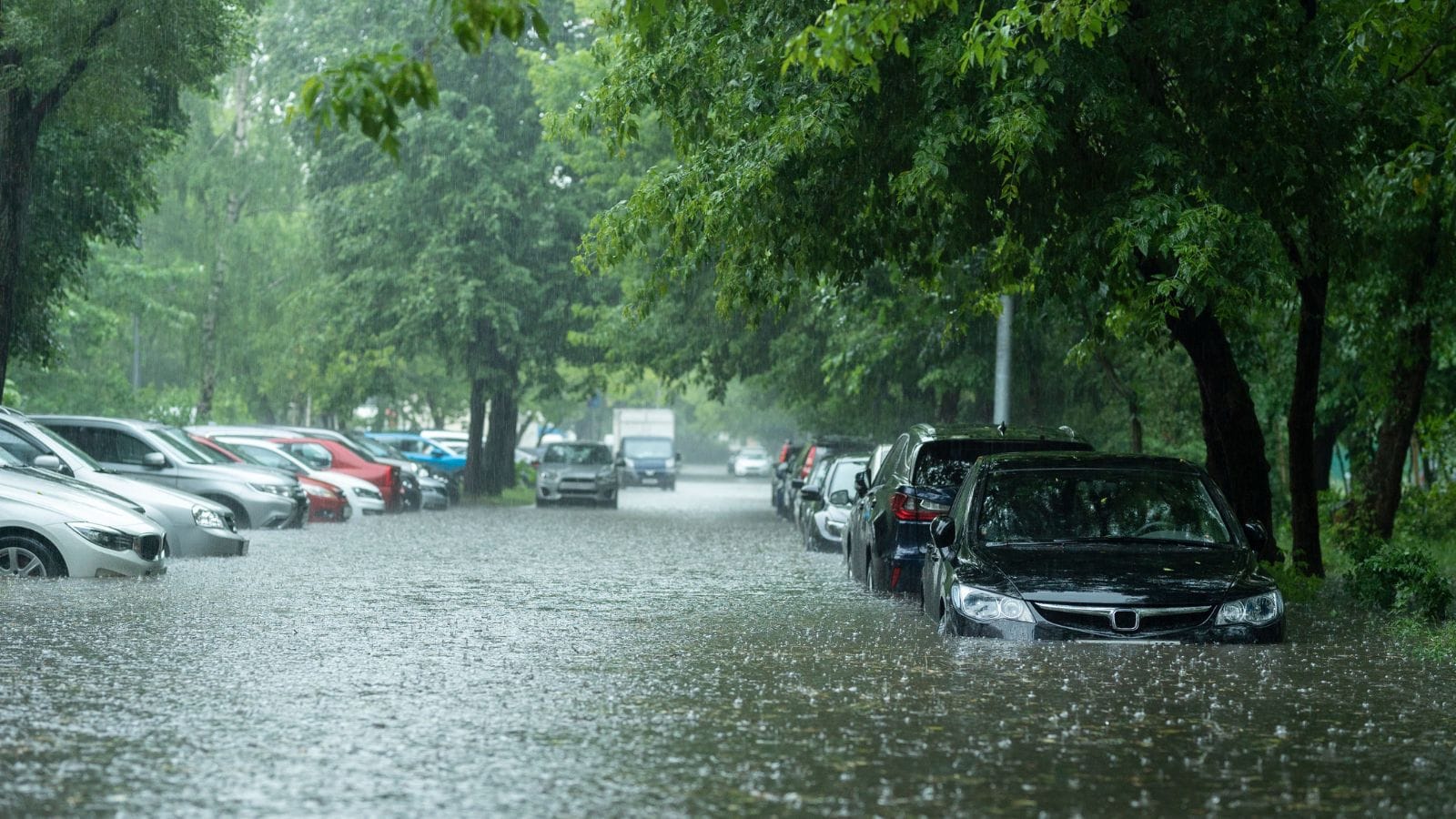
Climate change is a global concern and a localized insurance problem. From flooding in British Columbia to hailstorms in Alberta and ice storms in Ontario, severe weather events are becoming more frequent and costly. Insurers are now factoring the risk of climate-related claims into their pricing, even in areas that were once considered safe. One brutal winter storm or summer flash flood can result in thousands of vehicle claims. If you live in a region that has seen increased extreme weather, even if you’ve never made a claim, you’re likely already paying more because of it.
Mileage Tracking Is Becoming the Norm

Telematics programs, where insurers track how much, when, and how you drive, were once optional and rewarded cautious drivers. However, as inflation tightens margins, insurers are increasingly using mileage and behavioral data as a baseline, rather than a bonus. For some, that means higher rates if you drive frequently at night, brake hard, or commute long distances. It’s less about discounts now and more about real-time pricing. You might not even realize that your policy includes data collection, but if it does, rest assured that it is being used to refine your premium, and not always in your favor.
Urban Congestion Equals Higher Risk

Living in a busy city like Toronto, Montreal, or Vancouver already comes with higher premiums, but insurers are now updating their models to account for rapidly changing traffic patterns. The increased number of delivery vehicles, cyclists, rideshare traffic, and distracted driving in densely populated areas is leading to more frequent and expensive claims. More congestion means more fender-benders and more complex claims, particularly when involving pedestrians or cyclists. Even if you park underground and drive only on weekends, you’re being grouped into a higher-risk pool based on where your vehicle is registered.
Labor Costs Are Up

One of the hidden drivers of rising auto insurance premiums is skyrocketing labor costs in the repair sector. Certified mechanics, body shop technicians, and dealership service centers are charging significantly more than they were even a year ago. With fewer trained professionals and higher demand for complex repairs, insurers are paying more per claim, especially for luxury or imported vehicles. Even if your car is modest, the overall industry trend affects your rates. Insurers don’t differentiate much when costs rise across the board, which means the spike in labor is baked into your renewal notice.
Interest Rates Are Hitting the Industry Too

Higher interest rates are hurting mortgages and also shaking up the insurance sector. When rates rise, insurance companies earn more on investments, but they also face higher costs when paying out claims or financing operations. Some are using this environment as an opportunity to raise rates across their policy portfolios. Combined with inflation and market volatility, interest rates are making everything from reinsurance to operating expenses more expensive. Insurers are not immune, and they are increasingly passing those costs onto consumers.
25 Facts About Car Loans That Most Drivers Don’t Realize

Car loans are one of the most common ways people fund car purchases. Like any other kind of loan, car loans can have certain features that can be regarded as an advantage or a disadvantage to the borrower. Understanding all essential facts about car loans and how they work to ensure that you get the best deal for your financial situation is essential. Here are 25 shocking facts about car loans that most drivers don’t realize:
25 Facts About Car Loans That Most Drivers Don’t Realize
